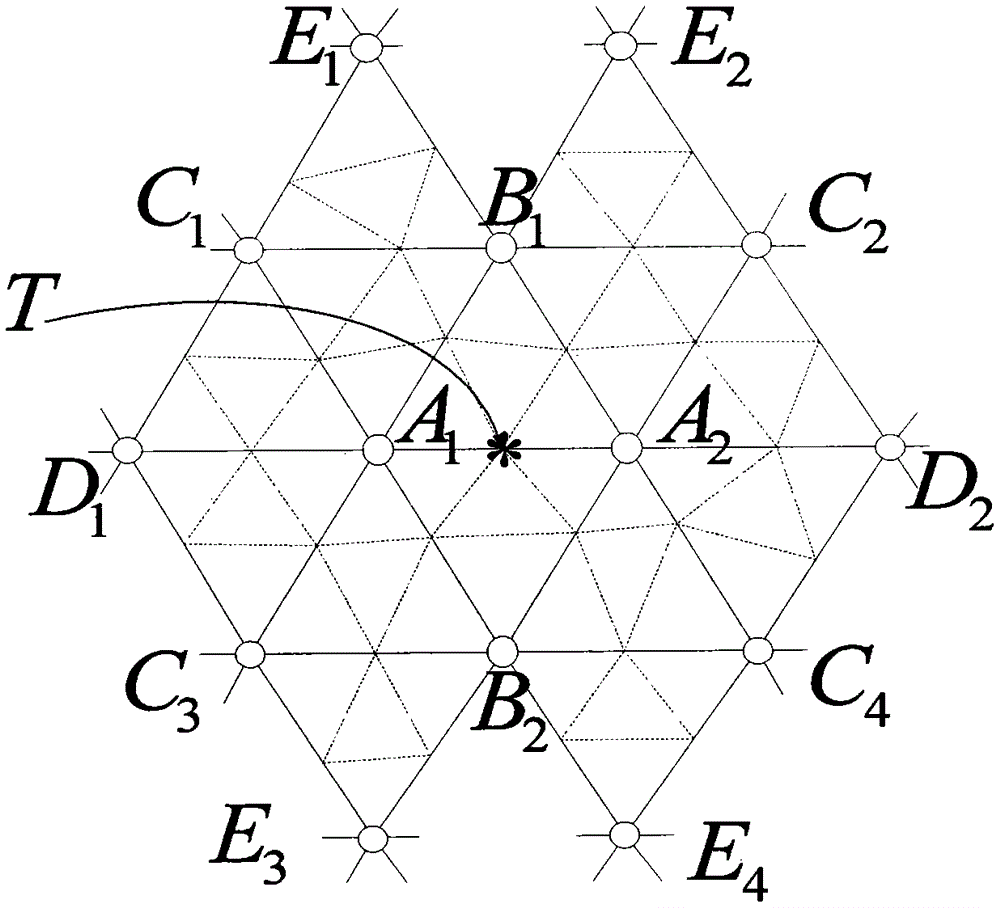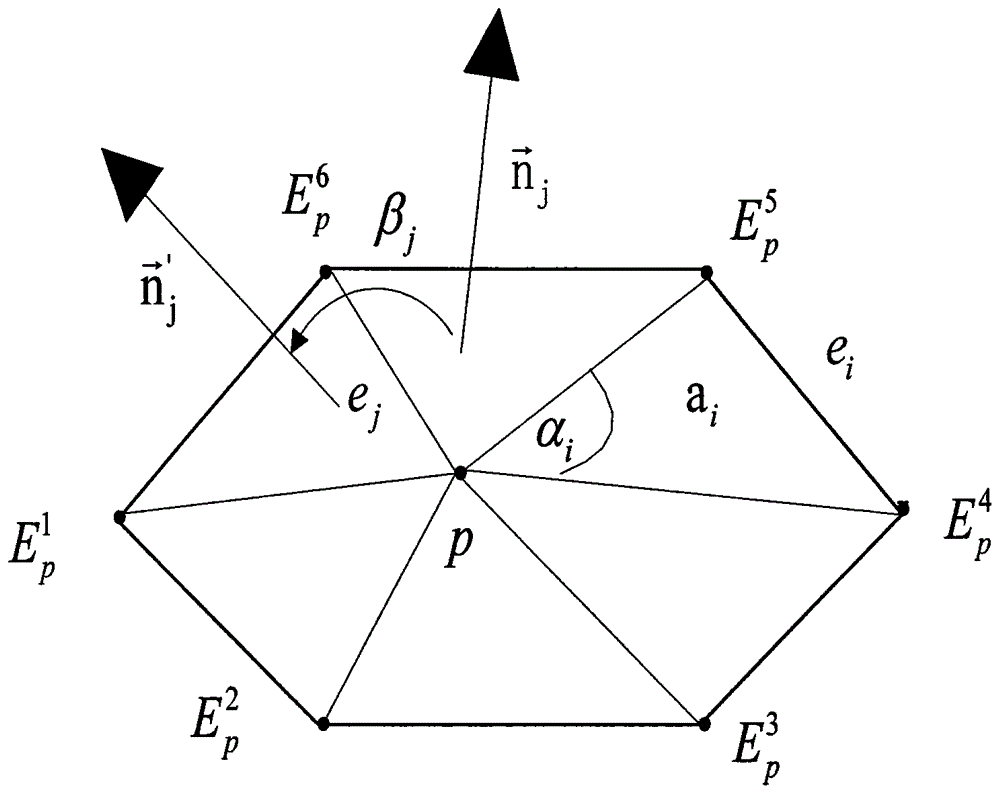Alzheimer's disease cortex auto-classification method based on multi-scale mesh surface form features
A shape feature and automatic classification technology, applied in the field of medical image processing, can solve problems such as difference omission, cortical segmentation error influence, etc.
- Summary
- Abstract
- Description
- Claims
- Application Information
AI Technical Summary
Problems solved by technology
Method used
Image
Examples
Embodiment
[0056] In the embodiment of the present invention, the automatic classification method of Alzheimer's disease cerebral cortex based on the shape feature of the multi-scale grid surface, the implementation steps are as follows:
[0057] In the first step, all samples were divided into two groups according to clinical medical diagnosis criteria, which were called control group NC and Alzheimer's disease AD.
[0058] Table 1 gives a suggested diagnostic standard, but it can still be adjusted or replaced in practice, as long as specific clinical features are met. In this step, the brain magnetic resonance image (MRI) data and demographic data of the samples are complete and reliable, and the number of samples in the NC and AD groups is equal or close to ensure the accuracy and accuracy of the results obtained by statistical analysis. reliability.
[0059] Table 1 Medical diagnostic criteria of samples
[0060]
[0061] Note 1: The full name of MMSE is Mini-Mental State Examin...
PUM
 Login to View More
Login to View More Abstract
Description
Claims
Application Information
 Login to View More
Login to View More - R&D
- Intellectual Property
- Life Sciences
- Materials
- Tech Scout
- Unparalleled Data Quality
- Higher Quality Content
- 60% Fewer Hallucinations
Browse by: Latest US Patents, China's latest patents, Technical Efficacy Thesaurus, Application Domain, Technology Topic, Popular Technical Reports.
© 2025 PatSnap. All rights reserved.Legal|Privacy policy|Modern Slavery Act Transparency Statement|Sitemap|About US| Contact US: help@patsnap.com



